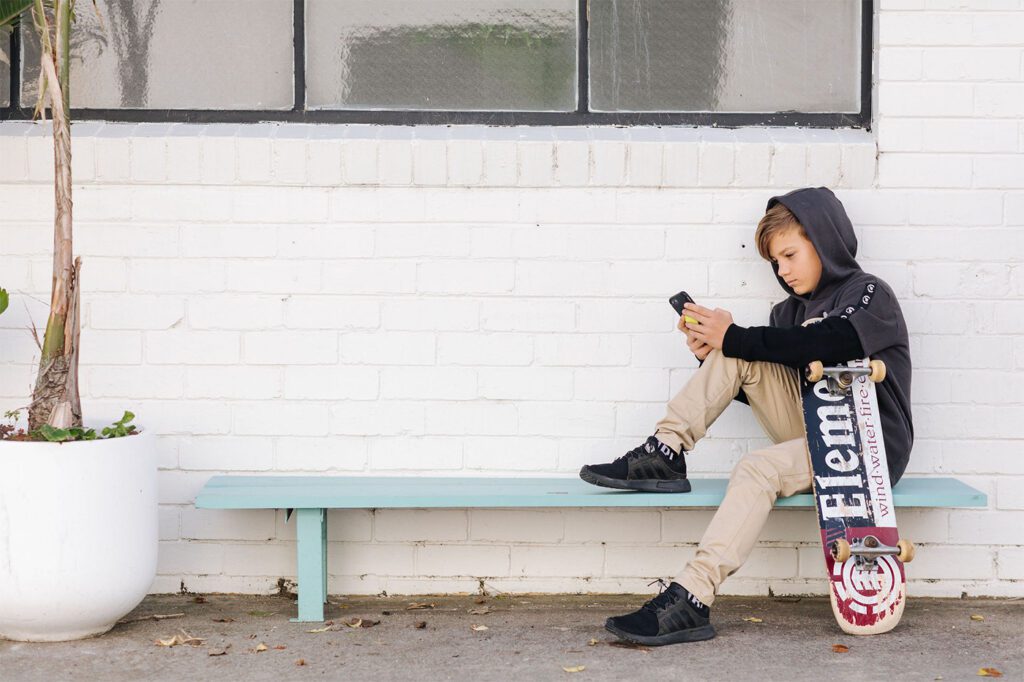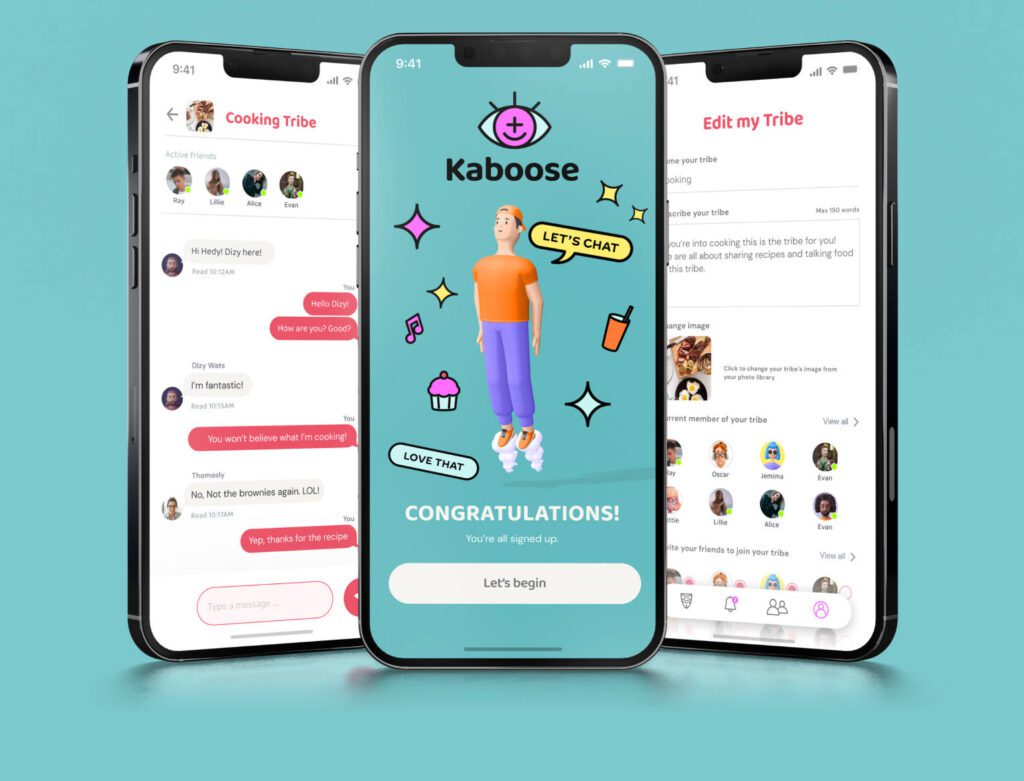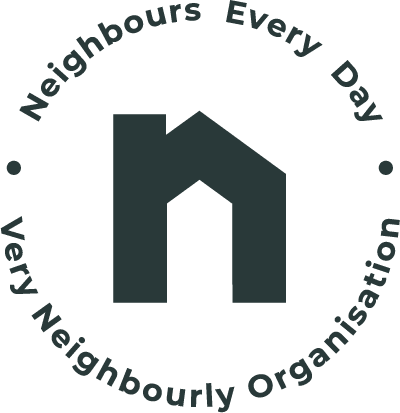Transitions can be difficult for kids and young people at the best of times, but for our neurodiverse kids these transitions can be extremely triggering. Whether it’s leaving the park to go home, leaving home to go to an appointment, moving from school recess to class, or bigger transitions like moving schools or going from Primary School to Secondary School, and transitioning to the workforce. Careful planning on how you manage these becomes critical to avoid significant anxiety.
Firstly, finding the right second school for a child on the spectrum is extremely challenging, so we’re not going to do a deep dive into this topic, we’ll cover that in a later post. Once you have decided on a school, the transition journey begins and should start well before the child starts at the new school.
We spent a lot of time researching various schools for our son, both early childhood, primary and then secondary. Once we got to secondary school, we thought we had figured out transitions! Boy were we wrong 🙂 When our son started secondary school, we put a plan in place that involved many trips to the new school with teachers from his primary school, weekend visits as a family and some extra orientation days facilitated by the school.
We started out well, our son seemed to be settling in and we thought we’d nailed this transition. We were all feeling very positive about the change, however it was only a few weeks into the transition when the wheels started to fall off. Our son’s behaviour deteriorated significantly and soon the calls to collect him started and suspensions became the ‘norm’. What was supposed to be an exciting next chapter was fast becoming a significant dark period in both our son and our family’s life.
Despite the amount of effort we put into planning the transition, we didn’t anticipate the anxiety he was experiencing along with the hormonal changes that often occur at the age they are transitioning to secondary school. Changing schools, changing teachers, changing routine and the usual teenage hormonal changes resulted in him being extremely overwhelmed and distraught.
Looking back, the things that went well and were bridging the gap between the known (safe) environment and the new environment. We used some of our son’s favourite things during the transition visits including lizards and other small items from home. We discussed using things that motivate him in the curriculum with the Educators and used rewards that we knew would motivate at the end of the transition visit.
Having strong support in place was really important. Our son had a very strong relationship with his primary school Principal, Teacher and Teaches-Aid so we leveraged these relationships during the transition visits and during the initial weeks of the change.
We worked extensively with the Educators and the School to make sure they understood our son’s triggers and how best to support him. The investment of time during this phase was one of the most critical, as it set us up to enable him to stay at school despite the significant challenges that happened over the next couple of years.
What I didn’t anticipate was the anxiety levels on the social aspect, particularly at break times and lunchtimes. We didn’t understand the levels of anxiety that our son was feeling and as a result this led to negative behaviours both during the break times at school and after school. Ideally in this transition phase we could have looked at a social buddy and shorter periods at the new environment. Setting our kids up for success with the friends who truly get them is critical in supporting transitions – particularly in the school setting.
We know that any solution isn’t a one-approach suits all, it really does require an individual plan and one that is carefully managed throughout the transition months.
The impact of a negative transition can have detrimental effects on the young person’s mental health and their overall education experience and subsequent opportunities. As parents, carers and educators we need to be asking ourselves, what’s driving any challenging behaviour and unpacking this to determine now else we can support our young people throughout their transitions.
To support our kids finding the right social tribe, we created Kaboose, an app for the autistic & neurodiverse community to find friends, mentors and jobs in a safe way. Our matches are all based on special interests rather than diagnosis.




